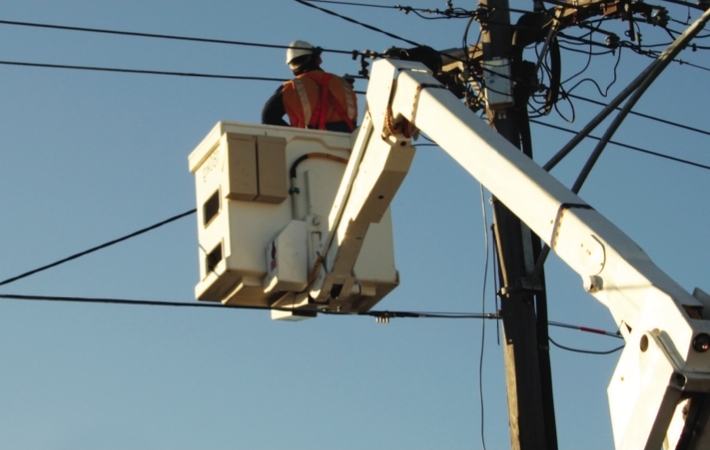
Published on 05/30/2017 | Technology
Energy powers the lives of people worldwide, and when the switch goes off, customers want it back – fast.
Residents and businesses rely on utilities to respond
to power outages quickly and restore power as fast as possible. Given the wind and ooding of Hurricane Sandy, power outages were unavoidable. Despite the scope of damage, utilities, government of cials and environmental organizations were universal in noting the bene ts of the smart grid in accelerating power restoration.
Even for utilities with only partially complete smart grid implementations, AMI and distribution automation (DA):
» Delivered insight into affected areas with two-way communications;
» Located and automated rerouting of power around trouble spots on the network; and
» Improved and simplified outage management.
In Washington, D.C., Pepco, with 425,000 activated smart meters, was able to restore power to all its impacted customers within 48 hours of the storm hitting, using AMI to quickly and easily verify restoration. U.S. Secretary of Energy Steven Chu praised Pepco’s speed in restoring service.
With just 10 percent of a planned 1.3 million smart meters installed, Baltimore Gas and Electric (BGE), had restored power to 90 percent of affected customers within 48 hours. According to CEO Kenneth DeFontes, BGE’s ability to restore power in areas already using AMI was much faster than in areas without smart meters. With smart meter technology, BGE could target crews to work on remaining outages and not waste time in areas where the power had already been restored.
You can read and download the full report on Silver Spring Networks here